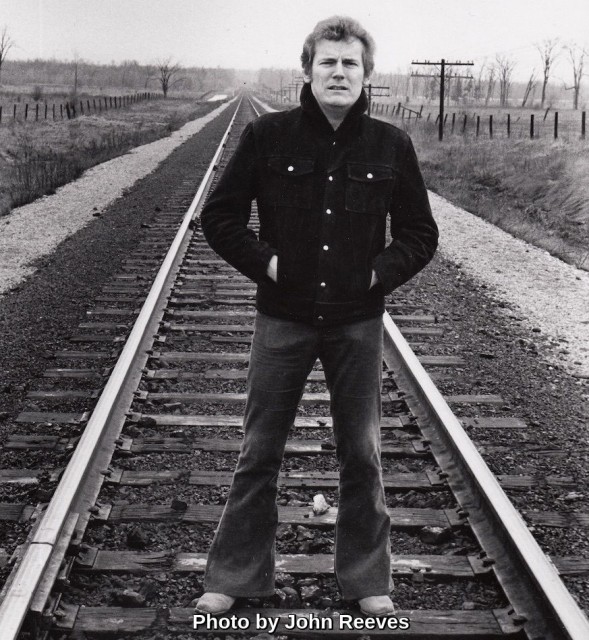Gordon Lightfoot Book, Music and More!
Gordon Lightfoot: The Canadian bard wrote the tunes for a nation's identity
More than any other singer-songwriter, Gordon Lightfoot personified Canada. His robust songs about winter nights, morning rain, being bound for Alberta and sailing on Ontario’s Georgian Bay came closest to expressing for many Canadians the essence of life in the Great White North. Historical epics stood alongside romantic ballads.
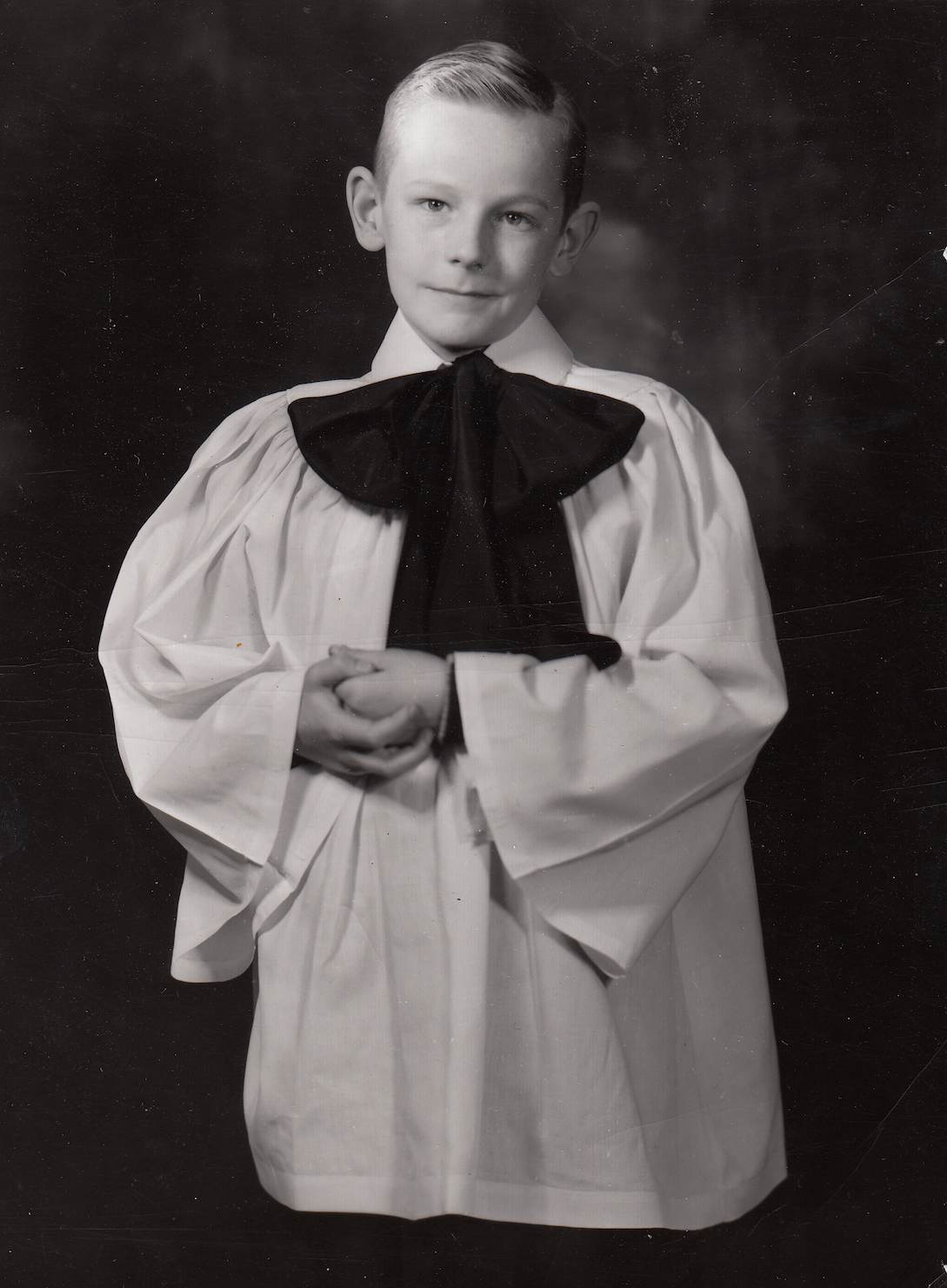 Author Pierre Berton once said that Lightfoot’s “Canadian Railroad Trilogy” conveyed as much about the building of the national railway as his own best-selling book on the subject. When Lightfoot died Monday evening at the age of 84, leaving a vast legacy of more than 500 songs, Canada lost a masterful composer, a distinctive vocalist and one of its most beloved chroniclers.
Author Pierre Berton once said that Lightfoot’s “Canadian Railroad Trilogy” conveyed as much about the building of the national railway as his own best-selling book on the subject. When Lightfoot died Monday evening at the age of 84, leaving a vast legacy of more than 500 songs, Canada lost a masterful composer, a distinctive vocalist and one of its most beloved chroniclers.
Gordon Meredith Lightfoot was born on Nov. 17, 1938, in Orillia, Ont., on the bucolic shores of Lake Couchiching, He grew up with a strong Protestant work ethic. His father, Gordon, Sr., ran the local dry-cleaning business and was grooming his son for the family trade. But his mother, Jessie, had other ideas: Having noticed his gift – even at age five – for keeping a tune, she soon had him singing on local radio shows. When he was in Grade 4, young Gordon cut his first record, “Irish Lullaby,” for broadcast over his school’s public address system. After joining the choir at his local United Church, he began earning serious pocket money from singing at weddings. Before he hit his teens, he made his debut at Toronto’s Massey Hall, taking first prize in the Boys’ Open Category for Unchanged Voices at the Kiwanis Festival. The grand old concert hall would figure prominently throughout his career.
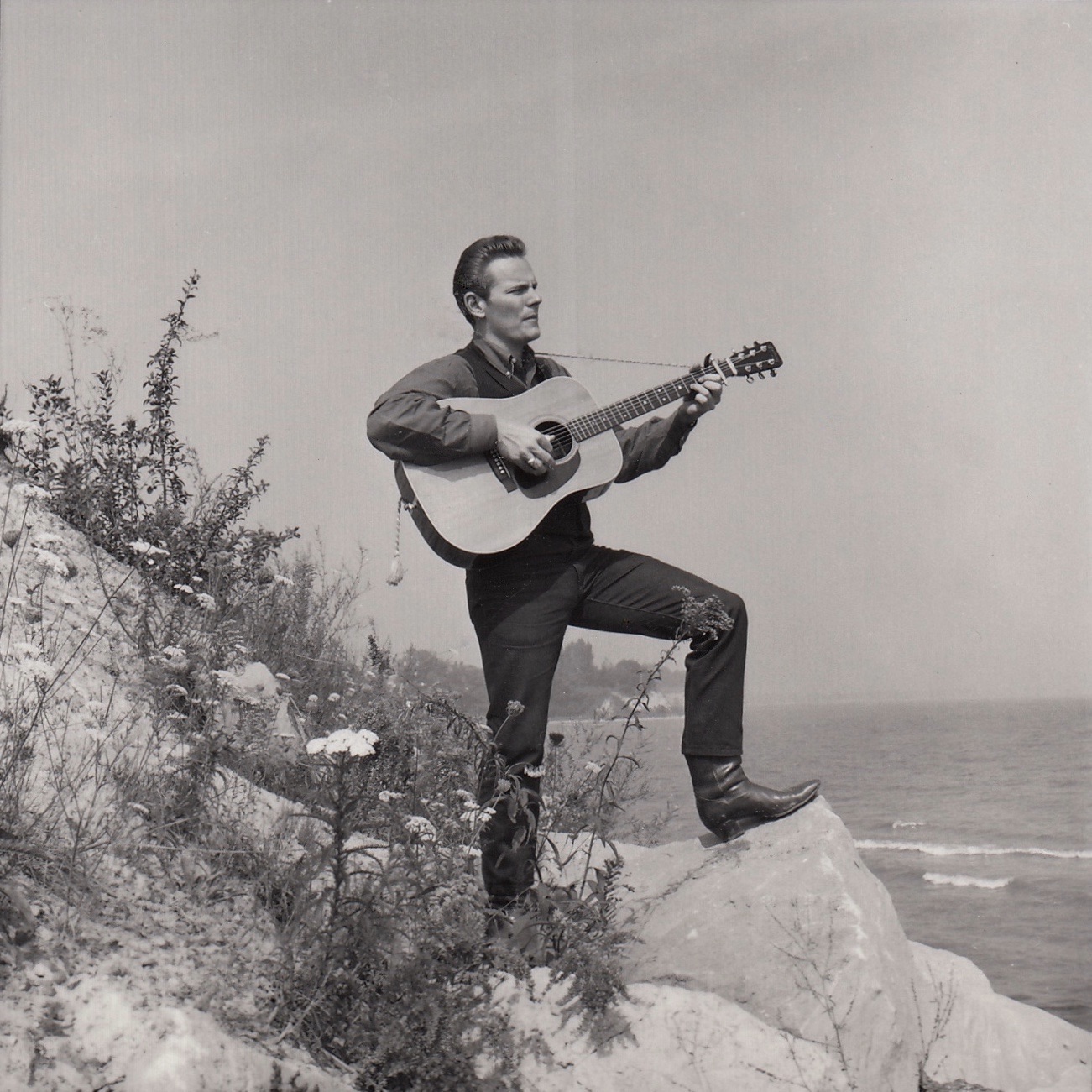 Early on, he set his sights on becoming a songwriter. After graduating from high school, he wrote his first composition, “The Hoola Hoop Song,” and drove to Toronto in his father’s car to pitch it to the BMI song-publishing association. Although the tune was not hit-worthy, BMI head Harold Moon encouraged him to keep writing. So, at 18, a determined Lightfoot flew to California to study orchestration and musical theory at the Westlake School of Modern Music in Los Angeles. The composition and sight-reading skills he learned there served him well on his return, as he moonlighted at freelance orchestrating, backup singing and jingle work while working at a bank. By 1965, he was writing such distinctive songs as “Early Morning Rain,” which was covered by Ian and Sylvia, Elvis Presley and Bob Dylan, among many others.
Early on, he set his sights on becoming a songwriter. After graduating from high school, he wrote his first composition, “The Hoola Hoop Song,” and drove to Toronto in his father’s car to pitch it to the BMI song-publishing association. Although the tune was not hit-worthy, BMI head Harold Moon encouraged him to keep writing. So, at 18, a determined Lightfoot flew to California to study orchestration and musical theory at the Westlake School of Modern Music in Los Angeles. The composition and sight-reading skills he learned there served him well on his return, as he moonlighted at freelance orchestrating, backup singing and jingle work while working at a bank. By 1965, he was writing such distinctive songs as “Early Morning Rain,” which was covered by Ian and Sylvia, Elvis Presley and Bob Dylan, among many others.
Dylan and Lightfoot were members of a mutual admiration club. While Lightfoot always mentioned Dylan as an influence, Dylan often singled out Lightfoot for his songwriting. “Every time I hear a song of his,” Dylan once remarked, “it’s like I wish it would last forever.”
When Dylan took his Rolling Thunder Revue to Toronto in 1975, he dedicated “Dark as a Dungeon,” an old folk standard Lightfoot used to perform, to Lightfoot at the first night’s concert.
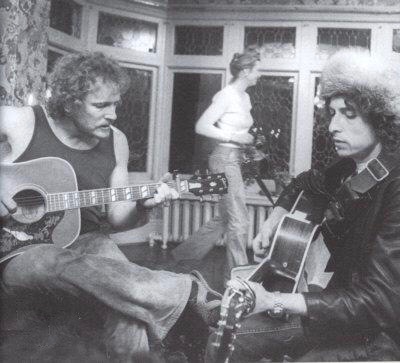 Then, when Lightfoot invited the entire cast back to his Rosedale mansion for a party, Dylan, who was making a film at the time, recorded Lightfoot singing his “Ballad in Plain D” in an upstairs bedroom. And when Lightfoot was inducted into the Canadian Music Hall of Fame in 1986, Dylan did the inducting, calling Lightfoot an artist of “rare talent.”
Then, when Lightfoot invited the entire cast back to his Rosedale mansion for a party, Dylan, who was making a film at the time, recorded Lightfoot singing his “Ballad in Plain D” in an upstairs bedroom. And when Lightfoot was inducted into the Canadian Music Hall of Fame in 1986, Dylan did the inducting, calling Lightfoot an artist of “rare talent.”
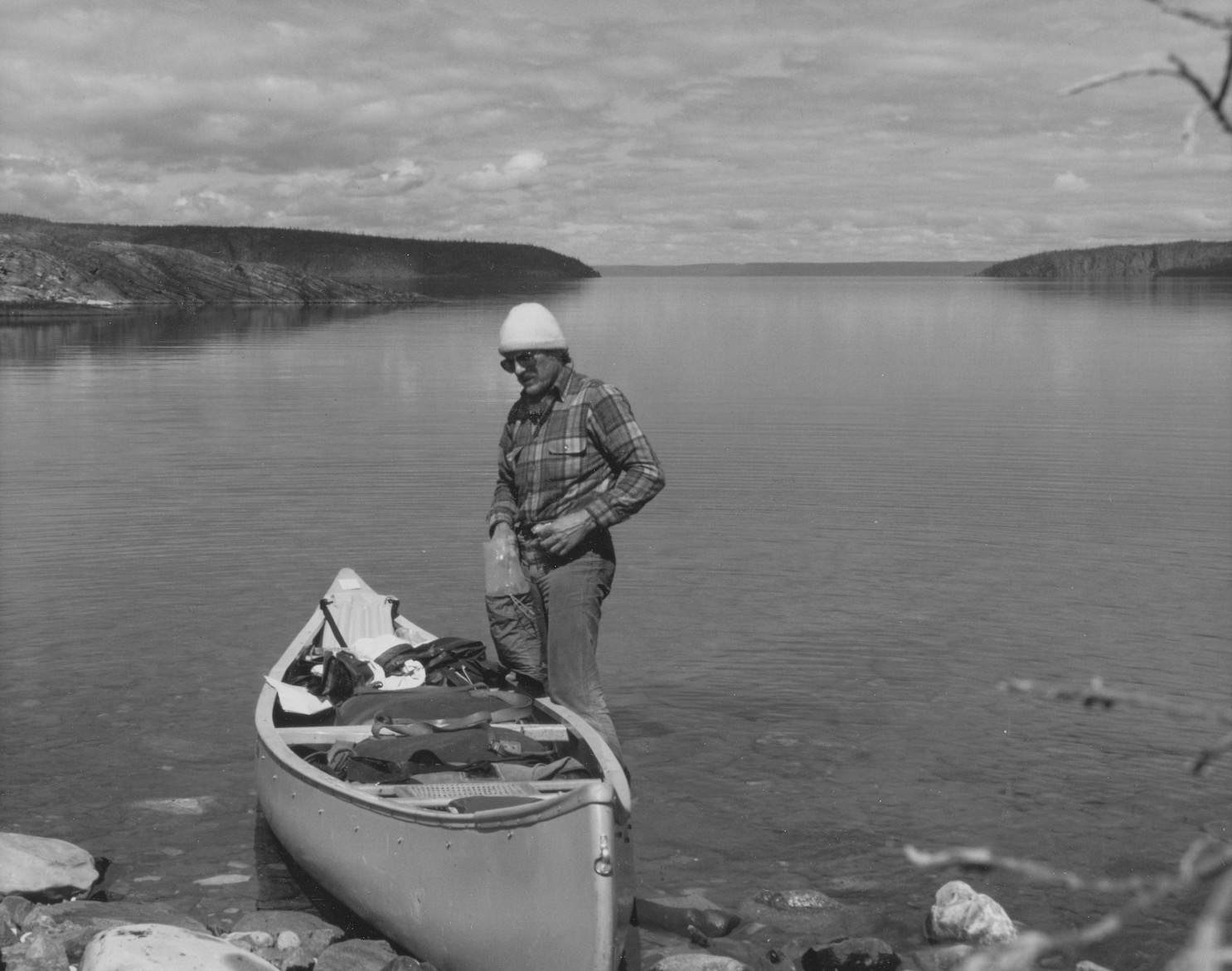 Lightfoot’s talent came through in songs that displayed his deep connection with the Canadian landscape. One of his earliest compositions, “Steel Rail Blues,” came out of an 18-hour pilgrimage he made by train to Moosonee in Northern Ontario, “absorbing the whistle-stops,” as he put it. Songs like “Canary Yellow Canoe” were inspired by his many canoe trips in Northern Canada, while “Christian Island (Georgian Bay)” and “Seven Island Suite” arose from his sailing adventures on the Great Lakes. He brought that personal insight to one of his biggest and most beloved hits, “The Wreck of the Edmund Fitzgerald,” a moving, factual account of the sinking of an ore carrier. As he later explained, he “understood how vicious Lake Superior can be in a gale.”
Lightfoot’s talent came through in songs that displayed his deep connection with the Canadian landscape. One of his earliest compositions, “Steel Rail Blues,” came out of an 18-hour pilgrimage he made by train to Moosonee in Northern Ontario, “absorbing the whistle-stops,” as he put it. Songs like “Canary Yellow Canoe” were inspired by his many canoe trips in Northern Canada, while “Christian Island (Georgian Bay)” and “Seven Island Suite” arose from his sailing adventures on the Great Lakes. He brought that personal insight to one of his biggest and most beloved hits, “The Wreck of the Edmund Fitzgerald,” a moving, factual account of the sinking of an ore carrier. As he later explained, he “understood how vicious Lake Superior can be in a gale.”
As a songwriter, he proved equally adept with matters of the heart. His romantic life provided no shortage of rich raw material. Along with marriages to Swedish publicist Brita Olaisson and Elizabeth Moon, he had a long-term relationship with Cathy Coonley and numerous affairs – including one with Cathy Smith, the groupie known for her liaisons with Keith Richards and, infamously, John Belushi, who died of a drug overdose for which Smith was charged with involuntary manslaughter. Some of Lightfoot’s best-known love songs are “Beautiful,” “Softly,” “The Mountains and Maryann” and “Song for a Winter’s Night.”
Meanwhile, two of his biggest hits were “Sundown,” which dealt with infidelity, and “If You Could Read My Mind,” which he described as “a song about the failure of marriage.”
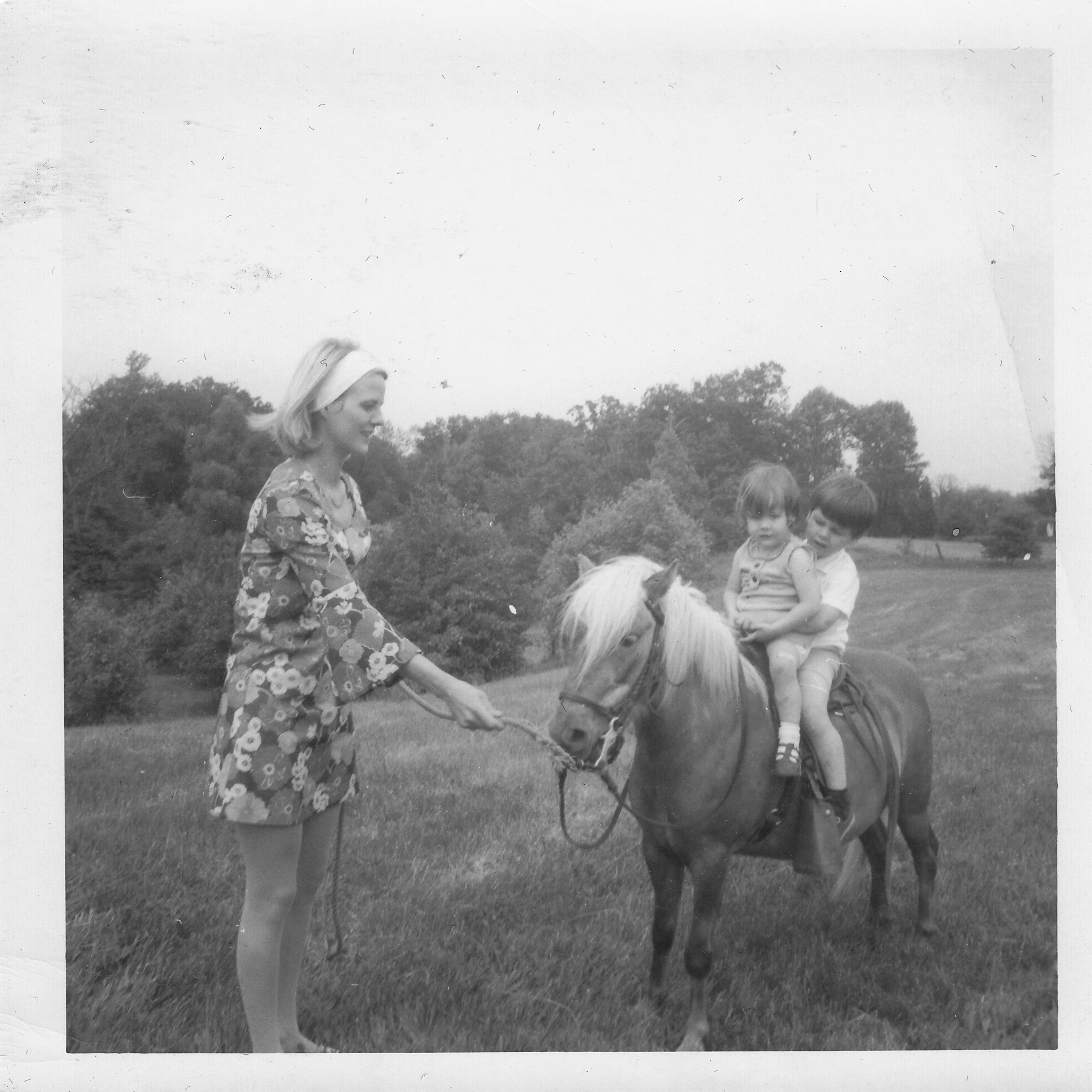 As early as 1975, Lightfoot admitted that his highly successful career was having a “devastating effect” on his personal life. Songwriting and touring were all-consuming for the work-obsessed musician. He and Olaisson, who had two children together, divorced after many affairs and fractious years. She received what was then the largest settlement in Canadian legal history.
As early as 1975, Lightfoot admitted that his highly successful career was having a “devastating effect” on his personal life. Songwriting and touring were all-consuming for the work-obsessed musician. He and Olaisson, who had two children together, divorced after many affairs and fractious years. She received what was then the largest settlement in Canadian legal history.
He responded in typical fashion, throwing himself even deeper into his work, spending long hours at his favourite writing desk, penning hits like “Carefree Highway” and “Rainy Day People.” But he also developed a serious drinking problem, which caused his weight to balloon – most noticeably in the Western movie Harry Tracy, Desperado, in which Lightfoot, following the lead of buddies such as Dylan, Levon Helm and Ronnie Hawkins, tried acting. (He played the part of U.S. Marshal Morrie Nathan, a lawman who spends most of his screen time pursuing Bruce Dern’s title character.)
Lightfoot cleaned up his act in 1982, after a drunk-driving conviction and Coonley left him. An alcohol-free lifestyle, along with a new regimen of regular exercise to replace the marathon canoe trips, brought dramatic changes, as he dropped 20 pounds. A newfound energy could be heard on his next album, Salute, and songs such as “Knotty Pine” and “Whispers of the North,” two further contemplations on the Canadian wilderness. He was once again in fine form. And when David Foster was recruiting the cream of the Canadian music community for the African charity single “Tears Are Not Enough,” he chose Lightfoot over such luminaries as Anne Murray, Joni Mitchell and Neil Young to sing the song’s opening lines, because he knew Lightfoot’s reedy voice would trigger instant recognition.
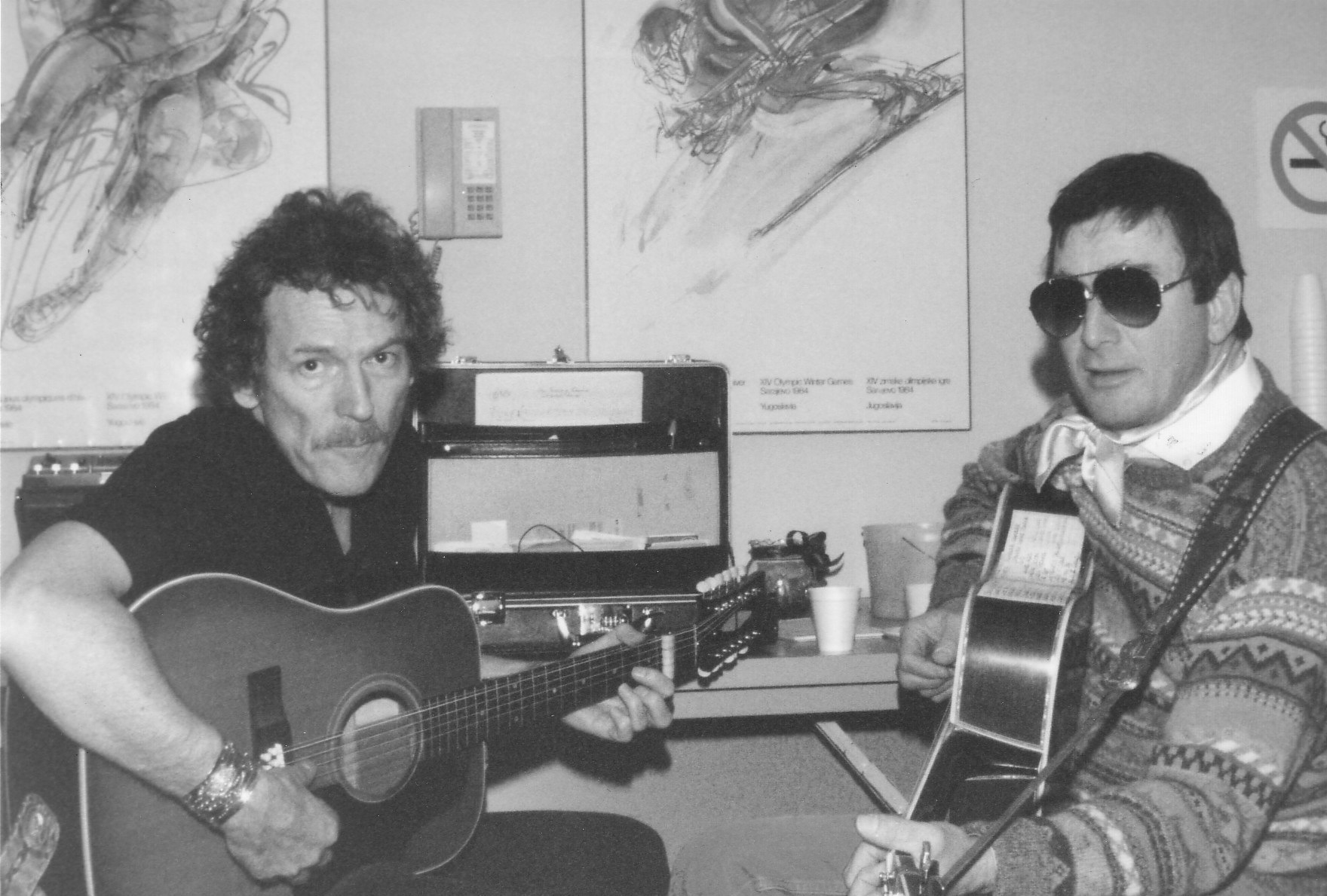 Although essentially a small-town conservative, Lightfoot supported a number of environmental causes, including the World Wildlife Fund. He visited the Brazilian rain forest with David Suzuki and performed benefit concerts for the Stein Valley in British Columbia and the Temagami forest in Ontario. He also protested against the Oldman River dam in Alberta with his old friend Ian Tyson, who had given Lightfoot his first big break, introducing him to Albert Grossman, the heavyweight manager that he and his wife, Sylvia Tyson, shared with Dylan.
Although essentially a small-town conservative, Lightfoot supported a number of environmental causes, including the World Wildlife Fund. He visited the Brazilian rain forest with David Suzuki and performed benefit concerts for the Stein Valley in British Columbia and the Temagami forest in Ontario. He also protested against the Oldman River dam in Alberta with his old friend Ian Tyson, who had given Lightfoot his first big break, introducing him to Albert Grossman, the heavyweight manager that he and his wife, Sylvia Tyson, shared with Dylan.
Lightfoot’s second marriage, to Moon, produced two more children but also ended because of his obsessive work habits.
While performing in Orillia in 2002, he suffered a life-threatening abdominal hemorrhage and spent the next two years recuperating. When he resumed touring, he found himself inundated with awards. Having been named an officer of the Order of Canada in 1970, he was promoted to companion in the Order in 2003 and was the inaugural inductee of the Canadian Songwriters Hall of Fame. That same year, he was the subject of Beautiful, a fine tribute album featuring loving versions of his songs performed by the likes of the Tragically Hip, Blue Rodeo, Ron Sexsmith, Cowboy Junkies and Bruce Cockburn.
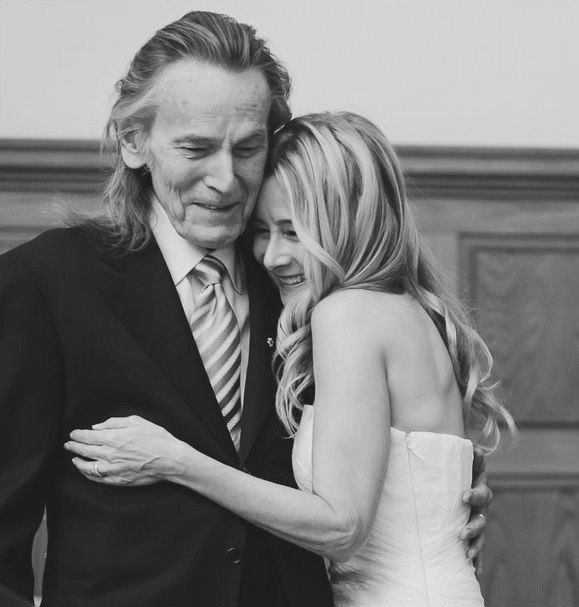 Lightfoot got married for a third time on Dec. 19, 2014, to actress Kim Hasse, in a ceremony in Toronto.
Lightfoot got married for a third time on Dec. 19, 2014, to actress Kim Hasse, in a ceremony in Toronto.
A best-selling biography three years later and a documentary film in 2019 summed up his storied career as, arguably, Canada’s greatest and most treasured songwriter.
Lightfoot was a constant in the ever-changing world of pop music. Notoriously shy offstage and often uneasy with the media, he always revealed more about himself through songs than he ever could in interviews. And he never shied away from singing about where he was from. His late-career albums contained some of his most pointed pieces of Canadiana. A Painter Passing Through featured “Ringneck Loon,” a song about the bird whose haunting call he remembered hearing on Ontario lakes, while Harmony included “Couchiching,” a heartfelt tribute to the natural beauty of Orillia, once celebrated in his classic ballad “Pussy Willows, Cat-tails.”
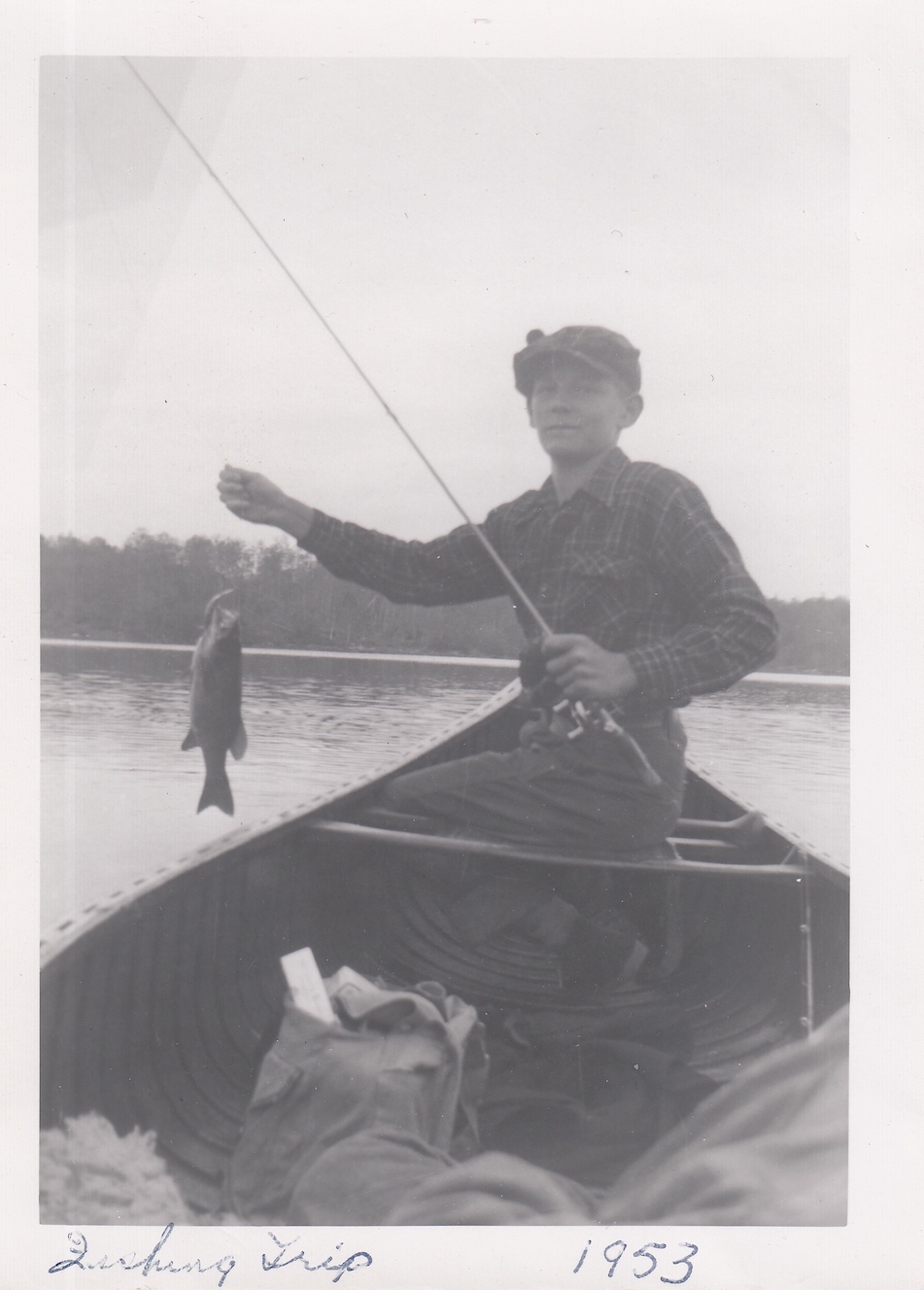 “The beautiful thing about Orillia,” he once told a hometown audience, “is that you get on your bicycle and after two or three miles, it’s all the streams and hills a boy could want.”
“The beautiful thing about Orillia,” he once told a hometown audience, “is that you get on your bicycle and after two or three miles, it’s all the streams and hills a boy could want.”
In many ways, he never lost touch with his small-town roots, despite the rock-star affectations and big-city lifestyle. Honest and hard-working, he went about his music in the same disciplined way his father did with his dry-cleaning business. And he was loyal almost to a fault, keeping the same staff for many years and paying his long-time bandmates a salary, even when they were off the road for months at a time.
“I’m a very simple human being,” Lightfoot once told his good friend Robert Markle, a painter, early in his career. “I feel fortunate that I’ve got this far. I feel secure with my audience. Life’s been pretty good to me.” He also took a practical approach to writer’s block, telling Markle, “If I dry up, that’s the time I’ll start thinking about other things.”
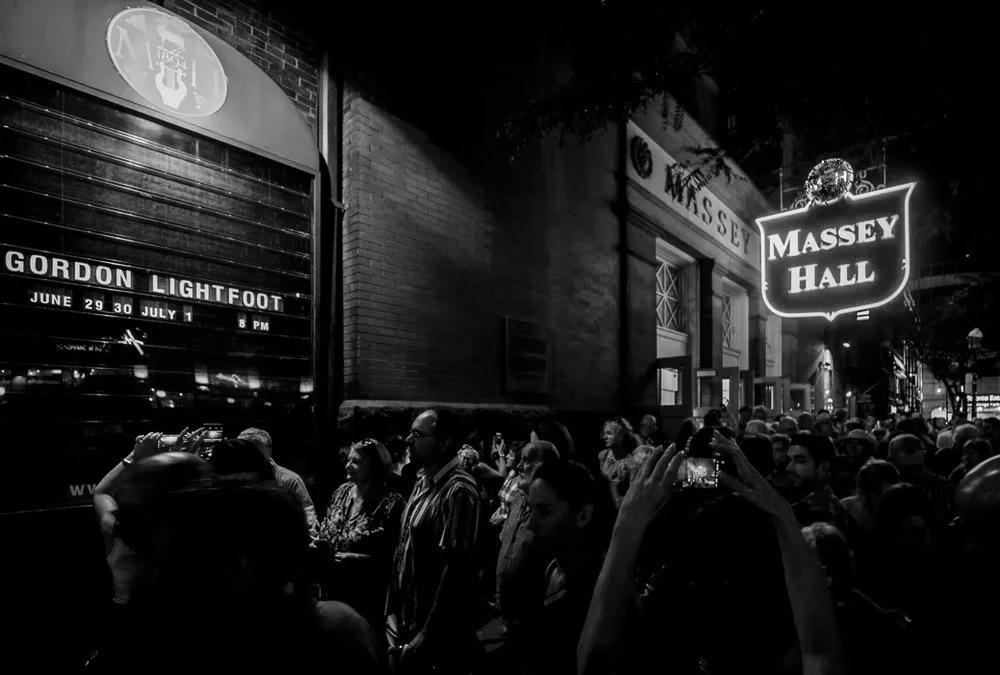 When the songwriting well did run dry (all but one of the compositions on his last studio album, 2020’s Solo, had been written back in 2002), he devoted himself to touring, basking in the adulation of fans who never seemed to tire of hearing him perform, even with his diminished voice. He was the last artist to appear at Massey Hall before it closed for renovations in 2018 and, fittingly, the first to return when it re-opened in 2021
When the songwriting well did run dry (all but one of the compositions on his last studio album, 2020’s Solo, had been written back in 2002), he devoted himself to touring, basking in the adulation of fans who never seemed to tire of hearing him perform, even with his diminished voice. He was the last artist to appear at Massey Hall before it closed for renovations in 2018 and, fittingly, the first to return when it re-opened in 2021
He had survived a life-threatening aneurysm and a minor stroke in 2006. Four years later, he proved that reports of his death had been greatly exaggerated. But lockdowns and an ongoing series of health issues, including emphysema and a broken wrist from a household fall, limited his age-defying touring schedule. Having to cancel concert dates deeply depressed him.
For the legendary troubadour, hooked on the stage from an early age, his inability to perform was the greatest setback of all.
Lightfoot leaves his wife, Kim, six children – Fred, Ingrid, Eric, Galen, Miles and Meredith – from different relationships, as well as several grandchildren.
Originally published in The Globe and Mail on 1 May 2023.
By accepting you will be accessing a service provided by a third-party external to https://www.nicholasjennings.com/


